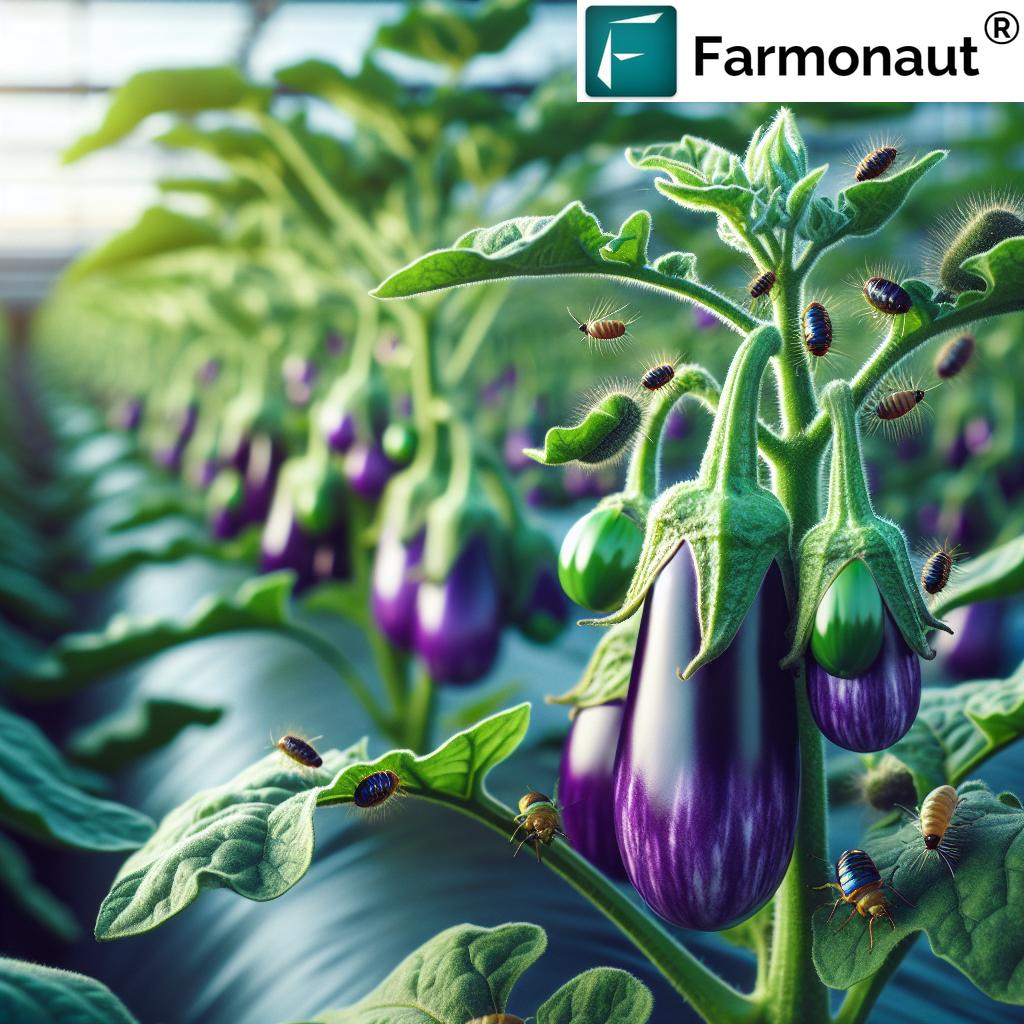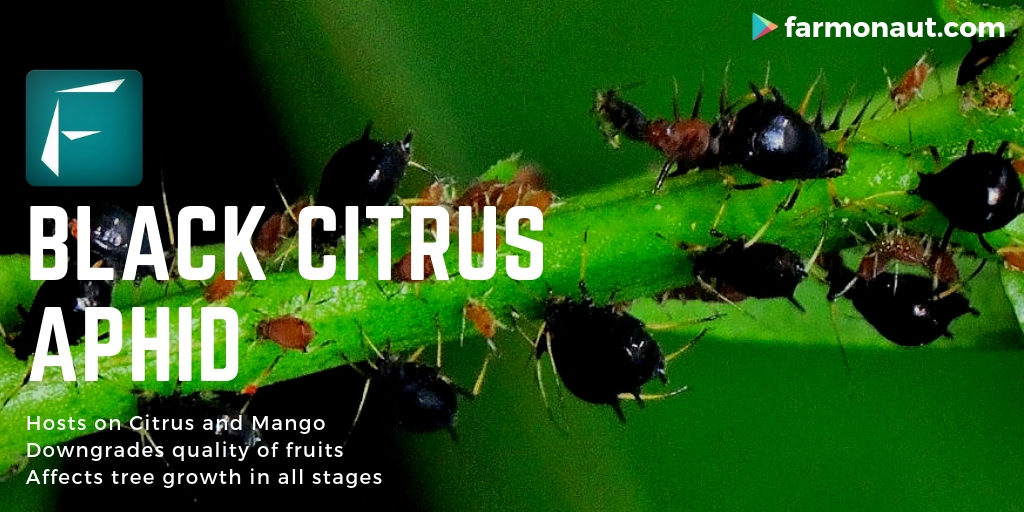Best Insecticide Sprayer 2026 for Safe, Powerful Spray
“Over 70% of farmers switch to eco-friendly insecticide sprayers for safer pest control by 2025.”
Introduction: Why the Best Insecticide Sprayer Is Essential in 2026
Insect pests pose a significant threat to agricultural productivity worldwide, capable of devastating crops and reducing yields if not managed properly. As we move into 2026, the demand for sustainable, integrated farming practices is at an all-time high, and the best insecticide sprayer has become an essential tool for safeguarding crops. With changing regulations, consumer expectations, and the push for environmental safety, finding the right insecticide sprayer with powerful, controlled spray features is more important than ever.
Modern insecticide sprayers are evolving rapidly, offering new ways for farmers and foresters to optimize pest management, reduce chemical wastage, and ensure both crop health and operator safety. This comprehensive blog will help you:
- Understand the types of insecticide sprayers available today and their impact on agricultural practices.
- Explore the features and technologies enabling sustainability and effectiveness.
- Learn about the best insecticide for ants and integrated pest management approaches.
- Discover how we at Farmonaut are empowering precision pest management using satellite-driven insights for healthy, productive crops worldwide.
The Pest Management Challenge in Modern Agriculture
Agricultural pests are a persisting and evolving challenge for farmers worldwide. Insect pests alone can have a devastating impact on crop yields; in regions like India, Africa, and Southeast Asia, ants and other pests have caused multi-billion rupee losses annually. If pests are not managed properly, the fallout affects not just the yield but also food security, farmer income, and the overall ecosystem.
Integrated pest management (IPM) remains the cornerstone for sustainable agriculture in 2026. As we advance toward this future, new-generation insecticide sprayers play a crucial role in minimizing environmental and operator risks while maximizing efficiency and protection. The focus is:
- Reducing overall pesticide usage
- Precise, targeted application
- Integration with sustainable farming best practices
Trends show a rising interest among farmers in environmental stewardship. **Sustainable sprayers can reduce pesticide waste by up to 40%, promoting healthier crops and soil by 2026.**
Types of Insecticide Sprayers for Agriculture and Forestry in 2026
The diversity of insecticide sprayers available today enables farmers and foresters to select the most suitable equipment depending on their operational scale, crop type, and sustainable farming goals. Let’s break down the types commonly used for agriculture and forestry:
- Handheld Insecticide Pump Sprayers
These devices are perfect for small-scale operations, spot treatments, garden plots, and greenhouses. A handheld insecticide pump sprayer is typically portable, easy to operate, and provides precise spray application with minimal chemical wastage. The simple hand pump, sturdy tank (often 5-15 liters), and adjustable nozzles are effective for targeted delivery, reducing risks of drift and contamination.
- Backpack Sprayers
Backpack sprayers are ideal for medium-scale farms and large gardens where mobility is crucial. These sprayers feature a pressurized tank (usually 15-20 liters), adjustable spray nozzles, and padded harnesses, making them ergonomically suited for prolonged use. They provide uniform coverage and can accommodate various chemical types, from biological to synthetic insecticides.
- Motorized and Tractor-Mounted Sprayers
For large-scale agricultural or forestry tasks, motorized sprayers drastically increase efficiency by covering vast areas quickly. Tractor-mounted sprayers with boom arms and large tanks (100–1000+ liters) ensure even application across huge fields, integral for crops like cereals or commercial seedlings. Modern variants also feature GPS, pressure sensors, and automatic shut-off, directly supporting sustainable farming.
Top Features of the Best Insecticide Sprayer in 2026
The best pesticide sprayer in 2026 isn’t just about volume or horsepower. It’s about a blend of user safety, environmental care, and operational efficiency. Here’s what to look for:
- Adjustable spray nozzles: Adapt spray pattern and droplet size for different pests, crops, and weather conditions.
- Durable, chemical-resistant tank materials: Ensure the device stands the test of time and can safely handle various insecticides (including synthetic and biological).
- Low-pressure functions: Help reduce drift and minimize non-target exposure.
- Ergonomics and user-friendliness: Padded straps, comfortable grip, and effective weight distribution keep operators safe during prolonged spraying.
- Compatibility: Able to work with a wide range of chemicals, including new-generation bioinsecticides.
- Easy maintenance and cleaning systems: Reduce the risk of residual chemical buildup and cross-contamination.
- Eco-conscious engineering: Some models come with solar-charging, rechargeable battery systems, or built-in disposal safety features for a lower environmental impact.
Modern insecticide sprayers with these features allow for targeted pest control that helps protect beneficial insects and soil organisms while ensuring effective crop protection.
Sustainability and Environmental Safety Are Non-negotiable
- Choose sprayers with excellent tank-sealing and anti-drip valves to avoid chemical leaks into soil or water bodies.
- Opt for models that allow easy calibration to apply the correct dosage, reduce wastage, and promote the safety of operators and the ecosystem.
“Sustainable sprayers can reduce pesticide waste by up to 40%, promoting healthier crops and soil by 2026.”
Comparison Table: Leading Insecticide Sprayers of 2026
| Sprayer Model | Spray Capacity (Liters) | Estimated Tank Material | Coverage per Fill (Acres) | Nozzle Type | Environmental Impact | Power Source | Sustainability Rating | User-friendliness | Estimated Price Range (INR) |
|---|---|---|---|---|---|---|---|---|---|
| AgriGuard EcoPump Pro | 16 | HDPE (Recyclable) | 1.5 – 2 | Adjustable Cone, Fan | Low | Manual | ★★★★☆ | Ergonomic, lightweight | ₹3,500–₹5,000 |
| GreenJet Solar BackPack | 18 | UV-Stabilized Composite | 2 – 2.5 | Multi-Pattern | Very Low | Solar + Battery | ★★★★★ | Comfort-fit, digital controls | ₹5,900–₹8,000 |
| FieldForce Motorized Pro | 25 | Stainless Steel | 3 – 4 | Rotary & Mist | Medium | Battery/Electric | ★★★☆☆ | Padded harness, easy clean | ₹14,000–₹18,000 |
| TractoSpray UltraBoom | 500 | High-Density Polyethene | 30 – 40 | Boom (Multiple Nozzles) | Low | Tractor Powered | ★★★★★ | Auto-control; GPS enabled | ₹1,50,000–₹2,40,000 |
| HandyNova Spot Sprayer | 5 | Recycled Plastic | 0.3 – 0.5 | Precision Mist | Very Low | Manual | ★★★★☆ | Ultra-lightweight, single hand use | ₹1,800–₹2,500 |
Each of these spray equipment models is developed to align with the modern sustainability ethos—reducing chemical input, minimizing environmental impact, and improving user safety and convenience. Choose a sprayer that matches your farming scale and environmental goals.
Best Insecticide for Ant Control in Agriculture
Ants, while beneficial in some soil systems, can disrupt crop productivity by farming aphids and damaging root systems. Selecting the best insecticide for ants in 2026 means balancing effectiveness with environmental safety.
- Bifenthrin & Cypermethrin – Synthetic pyrethroids renowned for rapid action, broad-spectrum pest control, and prolonged residual effects.
- Spinosad – A natural, bioinsecticide derived from soil microbes, favored for minimal environmental impact and high efficacy against ants and many other insect pests.
- Fipronil – Often formulated as baits rather than sprays, it targets the ant colony systems with pinpoint accuracy, reducing spraying needs and protecting beneficial fauna.
Integrated pest management in 2026 promotes the use of the above insecticides in conjunction with regular field monitoring, habitat management, and the protection of beneficial insects. Use insecticide sprayers that allow for targeted application – directly on ant trails or nests – to further minimize chemical use.
For guidance on deploying digital tools for real-time crop health monitoring and ant pressure assessment, explore our Crop Plantation and Forest Advisory solution. With satellite imagery, it provides insights on pest and disease risks, environmental stress signals, and field variability to inform better insecticide spray decisions.
Spray Techniques & Best Practices for Sustainable Pest Control
Effectiveness in pest control relies on combining the right insecticide sprayers and insecticides with best application practices. Here’s how to maximize impact while reducing risks:
- Targeted Spraying: Direct sprays toward pest hotspots or infested areas only, minimizing broad application.
- Timing: Apply insecticides at early pest emergence or in favorable weather (low wind, moderate temps) for best efficacy.
- Regular Calibration: Always calibrate your sprayer and nozzles before use to ensure accurate dosage and coverage.
- PPE usage: Operators must wear gloves, goggles, and suitable clothing to protect health and avoid direct contact with chemicals.
- Safe Mixing: Only use recommended insecticide mixes and follow label instructions strictly to prevent accidents and crop injury.
- Proper Maintenance: Clean tanks and nozzles thoroughly after each use to avoid chemical buildup and contamination between applications.
- Buffer Zones: Maintain untreated zones near water bodies or pollinator habitats to further support agricultural sustainability.
Precise, thoughtful application protects crops, prevents resistance buildup among pests, and supports beneficial insect populations. Using digital advisory tools, like those on the Farmonaut platform, empowers farmers to time and target insecticide spray events more efficiently based on satellite-driven crop health and weather data.
Example: Digital Advisory for Scouting and Timing
- Leverage technology to scout fields, spot hazard zones early, and receive reminders for insecticide spray application or calibration.
- Use environmental monitoring tools for real-time carbon footprinting and soil safety. Learn more about responsible pest management with carbon footprint analysis from Farmonaut.
Empowering Precision Pest Management with Farmonaut’s Satellite Technology
At Farmonaut, we recognize the urgency of sustainable and data-driven pest management in modern agriculture. Our satellite-based solutions deliver a seamless interface for monitoring crop health, predicting pest outbreaks, and optimizing insecticide spray application. Here’s how our technology, when combined with the best insecticide sprayer, supports smarter farming:
- Satellite-Based Crop Health Monitoring: Get real-time NDVI, soil moisture, and disease stress alerts straight to your phone or web dashboard, enabling targeted spraying that reduces pesticide wastage and environmental impact.
- AI Advisory (Jeevn AI System): Receive tailored, satellite-driven advisories on pest risk, weather, and timing, so your insecticide sprayer is always used at the optimal moment.
- Environmental Impact & Carbon Footprint Monitoring: Effortlessly track your chem-usage and sustainability performance. Tools like carbon footprinting let you benchmark progress toward eco-friendly farming.
- Blockchain-Based Traceability: Prove your sustainable practices—and insecticide traceability—across the supply chain. Discover more in our traceability product guide.
- Fleet and Resource Management: Optimize use of sprayers, tractors, and other equipment with fleet management dashboards and resource-tracking.
Our subscription-based model is accessible for users of all scales—from smallholder farmers to government projects. APIs are available for developers at Farmonaut API (with full API Developer Documentation), making satellite-powered pest management tools easy to integrate on third-party platforms.
Ready to digitize your farm’s approach to pest and insecticide spray management? Large-scale farm management tools are built for expansion, traceability, and future-proofed agriculture in 2026 and beyond.
FAQ: Insecticide Sprayers & Sustainable Pest Management in 2026
Q1: What is the best insecticide sprayer for a small farm in 2026?
For small-scale operations, a handheld or backpack insecticide pump sprayer with adjustable spray nozzles and an ergonomic design is the best choice. Look for models made of chemical-resistant materials and ensure easy cleaning for minimal cross-contamination.
Q2: How do I minimize environmental impact during spraying?
Use targeted spray techniques, opt for low-drift nozzles, calibrate equipment regularly, and avoid spraying in high winds. Choose insecticide sprayers with anti-leak tanks and invest in digital monitoring tools for precise application.
Q3: What is the best insecticide for ants while maintaining soil health?
Spinosad is highly recommended for ant control due to its targeted action and low toxicity to non-target organisms. Always avoid over-applying synthetic chemicals where possible.
Q4: Can I access satellite monitoring for pest management on my smartphone?
Absolutely! Our Farmonaut apps for Android, iOS, and Web provide easy access to crop health, pest advisories, and optimal spray timing with real-time data. Download it today!
Q5: What is the cost range for a best pesticide sprayer in India in 2026?
Handheld and backpack models range from ₹1,800–₹8,000; motorized and tractor-mounted sprayers are typically ₹15,000–₹2,50,000, depending on capacity and features.
Q6: Is there an all-in-one tool for sustainable pest management and traceability?
While there’s no single device, combining modern insecticide sprayers with our blockchain-based traceability tools brings you closer to a transparent, sustainable agricultural system.
Conclusion: Choosing the Right Insecticide Sprayer in 2026
The landscape of agricultural pest management is transforming rapidly. With advances in equipment, digital technology, and sustainability norms, the best insecticide sprayer in 2026 will not only deliver a safe, powerful spray but will ensure environmental protection, reduce waste, and maximize crop productivity.
- Analyze your operational scale and select a sprayer (handheld, backpack, or motorized) that fits your crop mix and pest risks.
- Prioritize safety and sustainability by choosing models with excellent sealing, eco-friendly materials, and anti-drip technology.
- Integrate digital tools, like Farmonaut’s subscription services for real-time monitoring, pest alerts, and blockchain traceability.
- Adopt the best insecticide for ants and other pests in conjunction with data-driven application and precise calibration.
As sustainable food systems become critical, the role of insecticide sprayer technologies, actionable digital insights, and robust management practices are more important than ever. With the help of advanced equipment and our real-time decision support at Farmonaut, farmers and stakeholders worldwide will thrive—ensuring healthy crops, safe ecosystems, and food security for the future.
Take your pest management to the next level with precise, sustainable spray practices and digital transformation—your crops, the environment, and your future depend on it.












